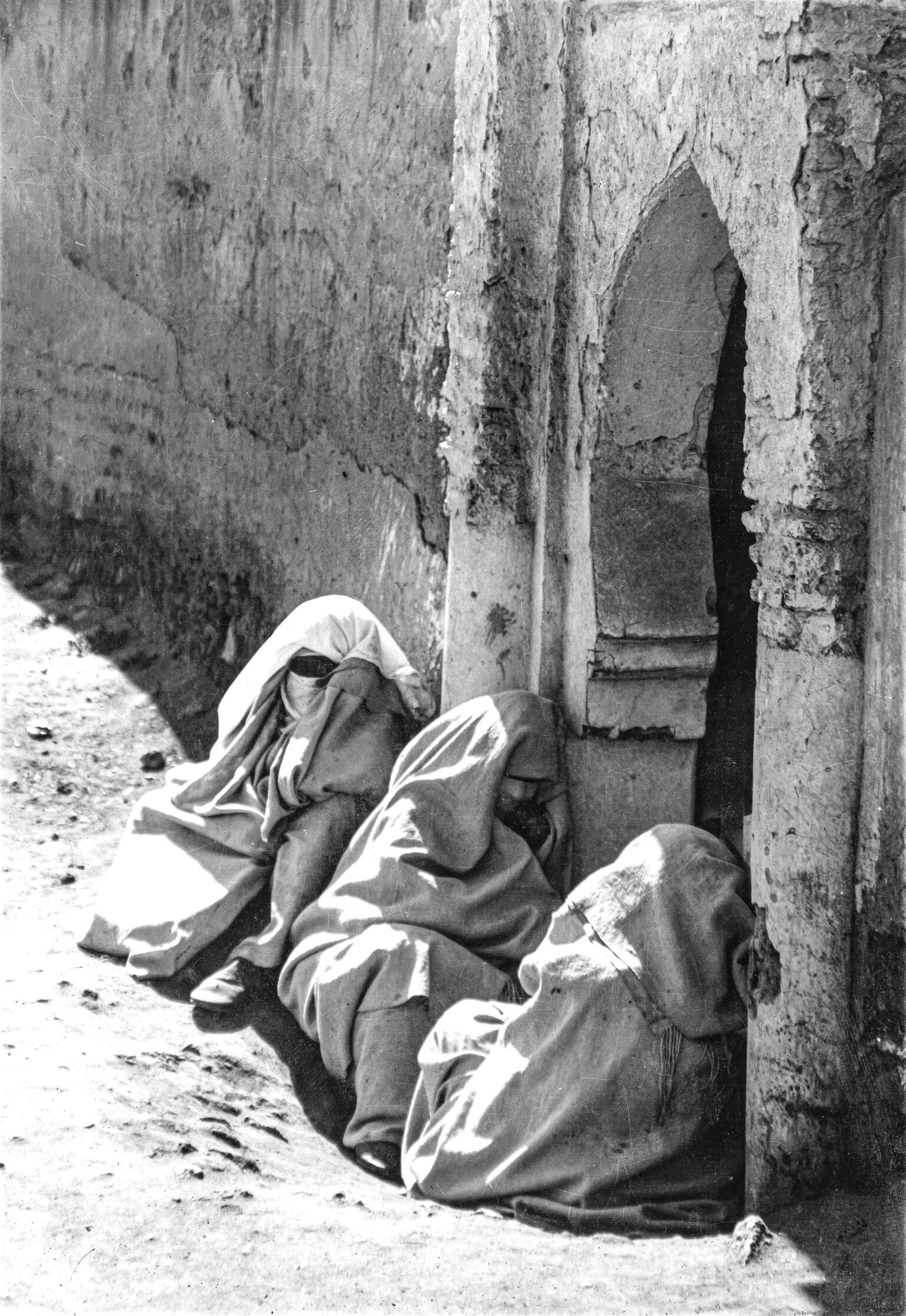Femmes marocaines
Fernand Bidon
1950
Credits
Published in: The Posen Library of Jewish Culture and Civilization, vol. 9.
You may also like
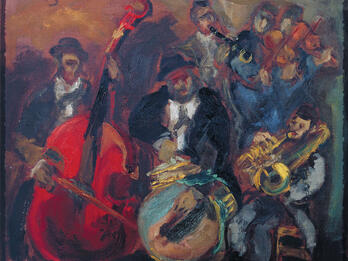
Orchestra

Chair with Red Matter

Portrait of Itzik Manger
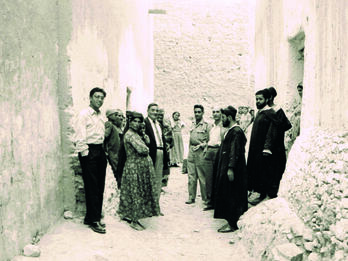
Membres de la communauté juive d’Ifrane
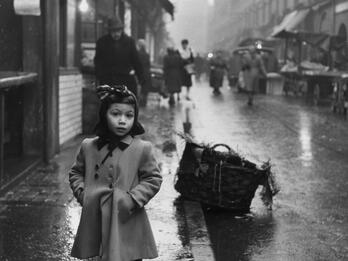
East End, London
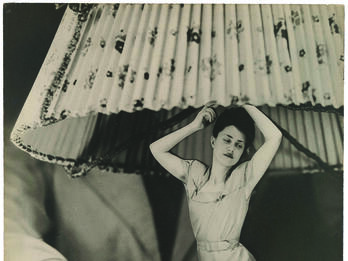
Sueño No. 1: “Artículos eléctricos para el hogar”
Creator Bio
Fernand Bidon
Fernand Bidon was a French photographer who worked under the pseudonym Félix. Born in Marseille, Bidon lived and worked in Marrakech between 1912 and 1963; he was one of the first resident photographers of Morocco. During France’s occupation of Morocco, a number of French artists visited the country to document, through European eyes, the culture of the region. Bidon captured hundreds of images of street life in Marrakech, including photographs of the city’s Jewish quarter and its residents. Bidon used his photographs to produce postcards, likely capitalizing on the popularity of the exoticized Middle Eastern imagery found in French orientalist painting of the period. The majority of his images are in black and white, although he is known to have experimented with a small series in color. Bidon’s work remains in the collection of the Marrakech Museum of Photography and Visual Arts.
Related Guide
Visual and Material Culture in the Mid-Twentieth Century
Jewish visual art flourished and diversified in the postwar period, reflecting the social and political transformations taking place in the world.
Places:
You may also like

Orchestra

Chair with Red Matter

Portrait of Itzik Manger

Membres de la communauté juive d’Ifrane

East End, London



